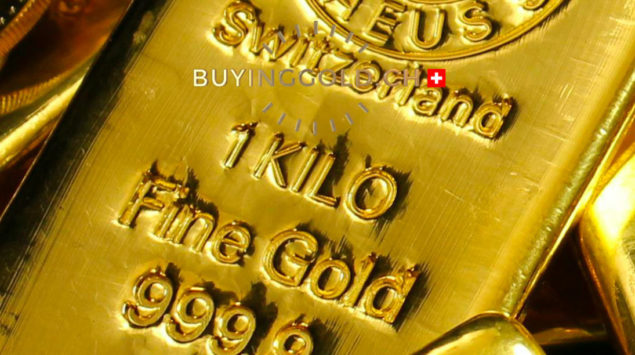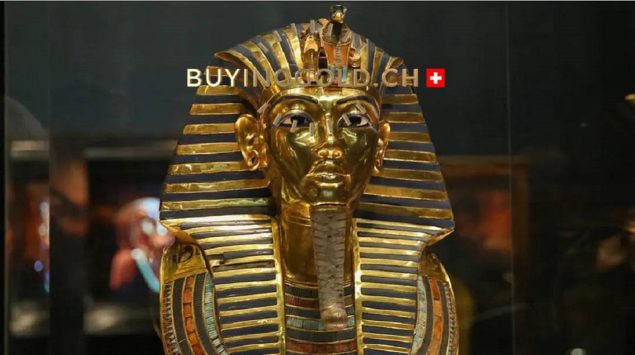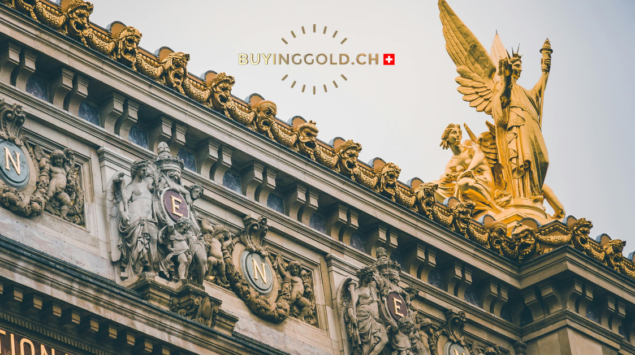
Gold has long been valued for its beauty, malleability, and noncorrosive properties. However, its primary appeal has always rested in its enduring economic value. As new technologies emerge and the global economic landscape evolves, what does the future hold for gold? This article explores gold’s prospects as an investment and currency in the years ahead.
Emerging Technologies and Alternative Investments
The rise of cryptocurrencies like Bitcoin and blockchain technology has led some to speculate about digitized alternatives to gold. However, gold remains a reliable store of value with little correlation to most other assets. This makes it a prudent investment diversifier. While virtual currencies show promise, they lack gold’s history and tested role as a safe haven during periods of economic turbulence.
Meanwhile, supply constraints support gold prices over the long term. Deposits are increasingly difficult and expensive to access. Recycling accounts for over one third of the global supply, meaning much current gold demand relies on the existing stock. Futuristic mining methods may someday ease these limits, but likely not enough to undermine gold’s investment case.
Global Economic Shifts
As the world’s emerging middle classes in Asia and elsewhere gain wealth, gold jewelry and investment demand seems poised for growth. Tensions between nations also frequently precipitate flight to safe havens like gold. Political and economic uncertainty from rising nationalism and conflict could thus positively impact prices.
At the same time, gold may face headwinds if the U.S. dollar substantially appreciates against other currencies. Since gold is globally priced in dollars, a stronger greenback could hamper investor interest and jewelry consumption in certain countries by effectively raising local currency prices. However, there are forces that could undermine the dollar over the long run, like rising U.S. budget deficits.
Gold in Crisis Scenarios
Gold’s track record in periods of war, political tensions, and market crashes suggests it will remain in demand as a vehicle for capital preservation during tumultuous times. Some believe catastrophic scenarios could even propel gold to unprecedented heights.
In an extreme global crisis that destroys faith in fiat currencies, physical gold ownership could conceivably become vital for trade and economic activity. Just like previous civilizations used the precious metal when systems collapsed, people may resort to gold again one day if modern financial and monetary institutions fail. Let’s hope such turmoil never comes to pass, but gold stands ready to potentially provide the backbone of exchange in a horrific worst case.













